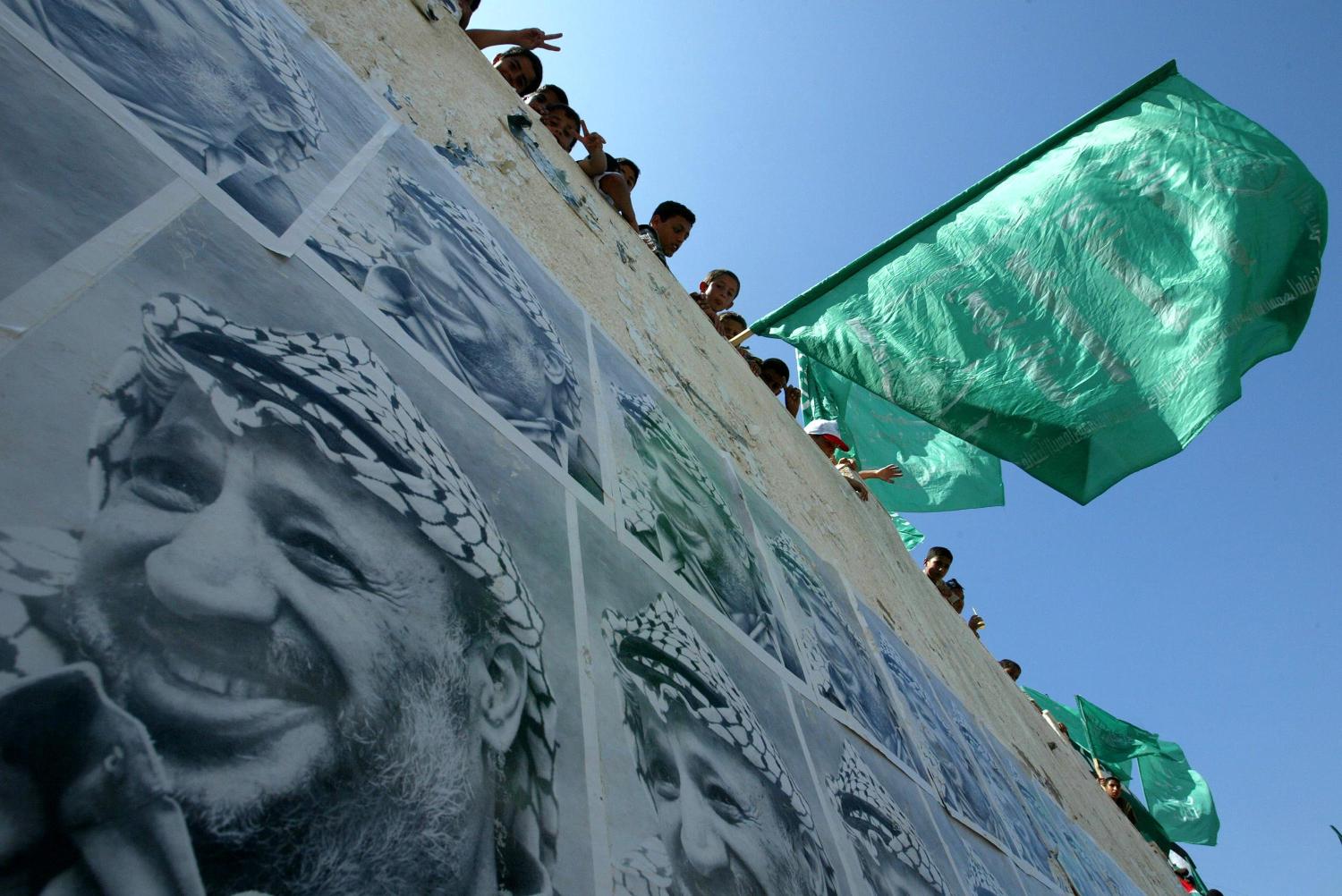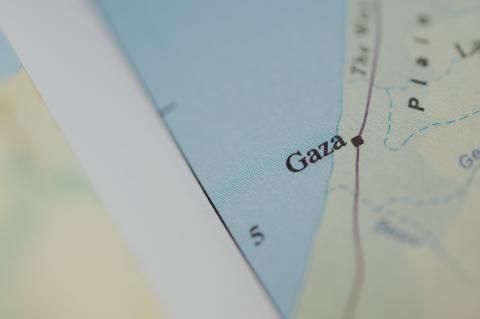Hamas has demonstrated surprising resilience and capability since its founding in 1987. It would be a mistake to assume that its 7 October attacks on Israel were a “catastrophic success” that will lead to its downfall, or that it can be militarily eliminated.
Israeli Defence Minister Yoav Gallant’s promise to remove Hamas from the face of the earth is reminiscent of former Prime Minister Ehud Olmert’s commitment at the start of the 2006 war to remove Hezbollah from southern Lebanon “forever”. Hamas will be able to claim victory – as Hezbollah did – simply by surviving. Although Lebanon suffered greatly, Hezbollah came back stronger.
If fighting resumes after the current ceasefire, the cost of Israel’s military operation will grow while the benefits will diminish. Many in the international community will hold Israel responsible for the mounting humanitarian crisis. The Israeli Defence Force will find it progressively harder to identify and destroy Hamas personnel and infrastructure. Washington has signalled that its support for operations in south Gaza will be contingent on a plan to protect civilians. Hamas will do everything it can to prevent that.
Hamas is far from popular in Gaza but it has no viable rivals. There no actors willing and able to govern in its place. Any Israeli reoccupation would generate continued insurgency. Washington wants the Palestinian Authority (PA) to return to Gaza, but neither it, nor any Arab states, will risk being seen as the new occupying force. International donors will keep footing the bill for humanitarian aid, allowing Hamas to continue ruling Gaza while avoiding most of the responsibilities.
Even if Hamas is evicted from Gaza it will live on, just as the Palestinian Liberation Organisation (PLO) did for decades. Indeed, Hamas’ long-term goal is to supplant the PLO. Hamas is probably more interested in leading the Palestinians than in ruling Gaza. Gaza is not the only route to leadership.
PLO leader Yasser Arafat animated Arab, Muslim and global public opinion to extract support from regional governments and put the Palestinian issue on the geopolitical map. In 1974, the UN General Assembly recognised the PLO as “the representative of the Palestinian people”. In 1994, Israel recognised the PLO and allowed the creation of the PA to administer parts of Gaza and the West Bank.
Arafat’s Fatah faction swept the PA’s first elections but his maladministration and failure to advance negotiations for statehood cost Fatah public support. Hamas convincingly won the 2006 legislative election but was prevented from exercising any real power, so it took Gaza by force in 2007.
Many saw this split as a new opportunity to strengthen the PA and weaken Hamas. But the opposite happened. As Israel’s West Bank settlements expanded, the Ramallah-based PA lost legitimacy and authority. Meanwhile, Israeli restrictions on access to Gaza inadvertently made Hamas-dominated smuggling from Egypt more cost effective, strengthening Hamas's economic position. Hamas used periodic conflict to burnish its “resistance” credentials and extract concessions from Israel. It obtained far more than the PA did, including the release, in 2011, of 1000 Palestinian prisoners in exchange for an Israeli soldier kidnapped five years earlier.
Hamas’s regional fortunes rose and fell with those of “the Arab Spring”. It was especially heartened by the ascendancy of a fraternal neighbour, the Muslim Brotherhood in Egypt. Hamas pivoted away from Iran as tension between Sunni Islamists and Iran’s Shia “axis of resistance” grew. In 2012, the leader of Hamas’ political bureau relocated from Damascus to Qatar.
That seemed like a good idea at the time but Egypt’s 2013 counter-revolution saw the return of generals who cracked down harder than ever on the Brotherhood and Hamas. Most Arab monarchies followed suit. More broadly, the Arab Spring failed to deliver a groundswell of regional support for the Palestinians. Arab civil wars and domestic turmoil commanded more attention. The seeming loss of interest in the Palestinian issue enabled Arab governments to normalise relations with Israel to win favour with Washington and counter Iran.
Now the Palestinian question has returned to the top of the regional agenda but with Hamas in the lead. Support is not limited to Iran and its partners and proxies. Qatar, which hosts Hamas’s political leaders, is enjoying praise in the Arab world and, for its mediation efforts, from Israel. Saudi Arabia, which was on the verge of normalising relations with Israel, is now calling for a ban on weapons exports to Israel.
The 7 October attacks stirred memories of Egypt’s surprise attack on Israel 50 years earlier. Popular support for “resistance” from the “river to the sea” is louder than it has been for decades, and will grow if the war continues. Overt support for Hamas may be muted but no one is demonstrating for the PLO, the PA or Fatah, and it is Hamas that is negotiating with Israel in Qatar.

